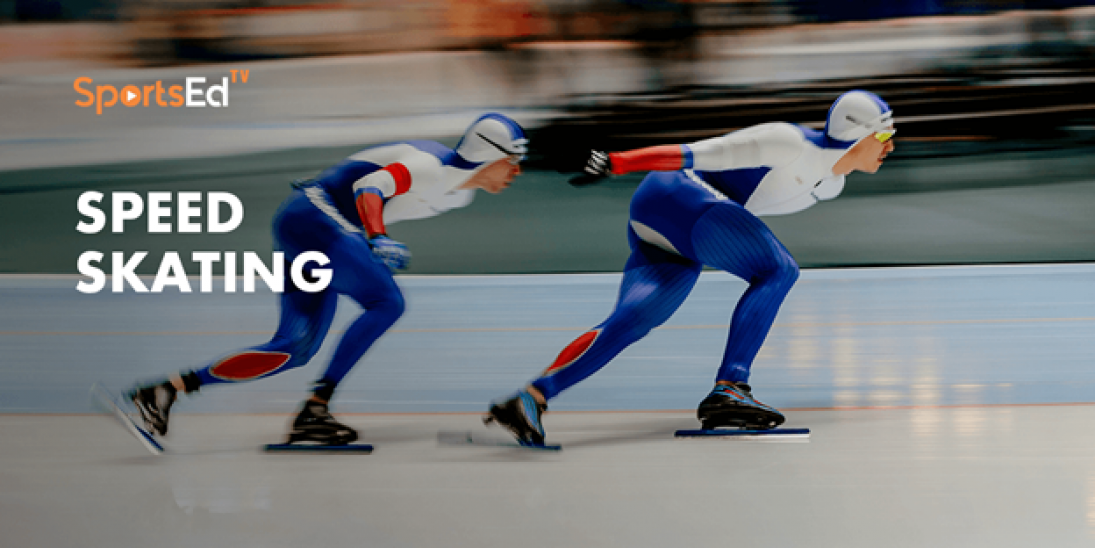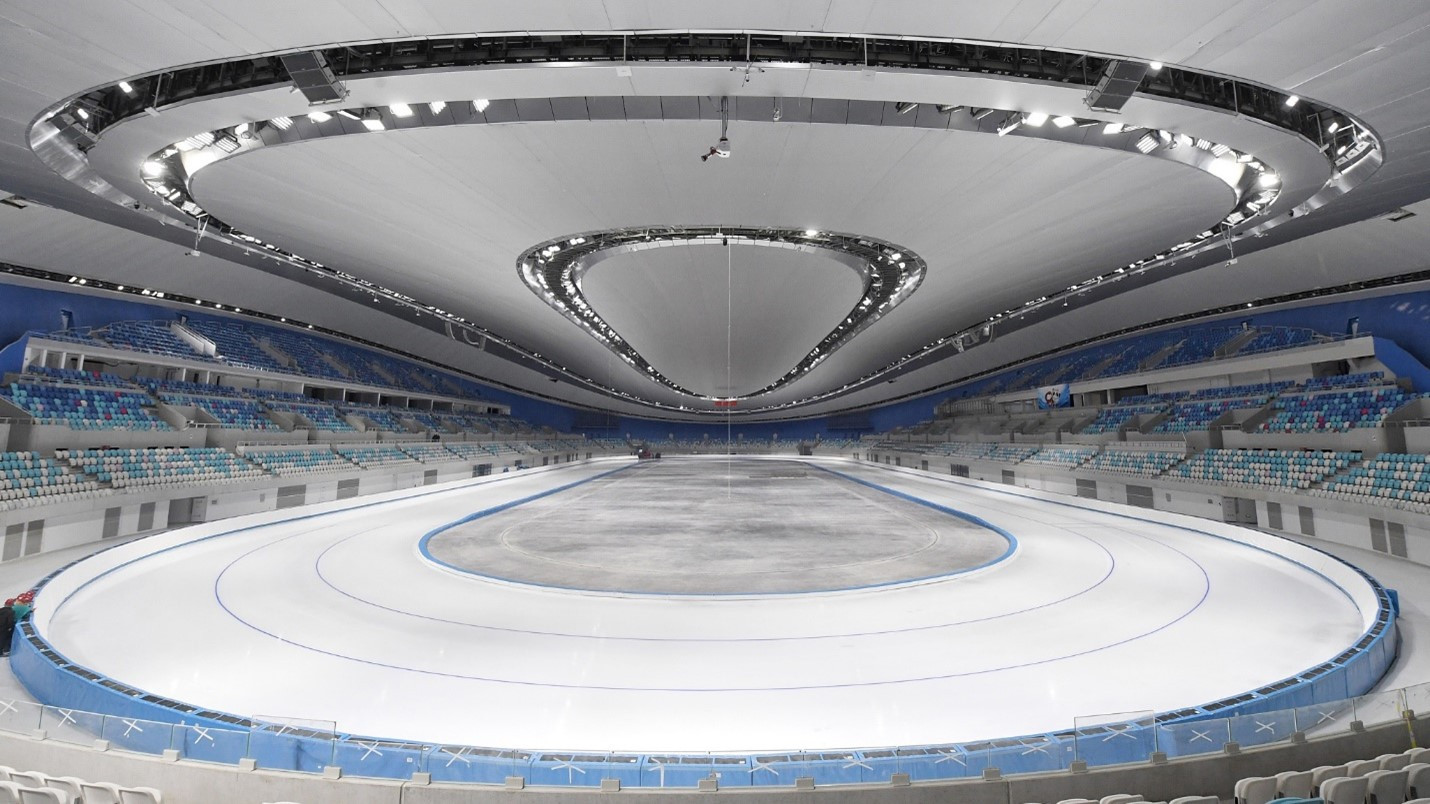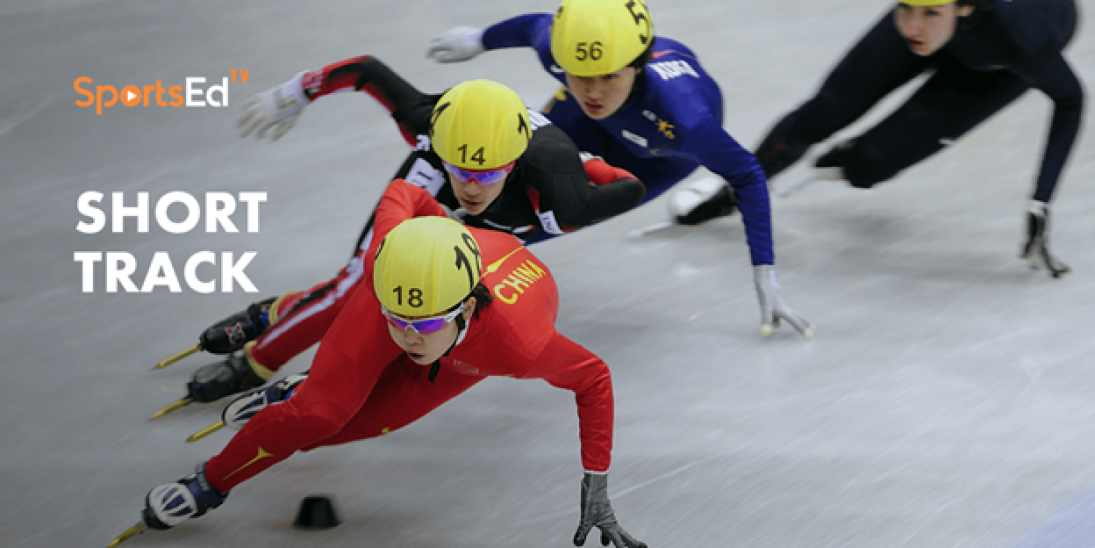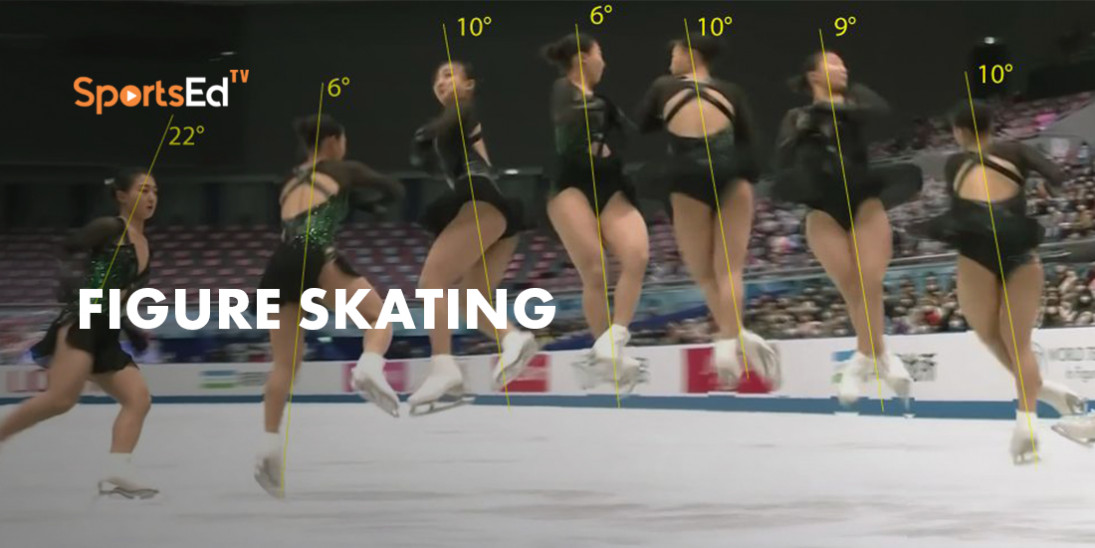Winter Sports
Welcome and thanks for visiting...

Basics of Speed Skating Competition

Speed Skating is the fastest self-propelled sport on a horizontal field of play with athletes achieving up to 65 kilometers per hour. The competition takes place on a 400 meter oval and racing runs counterclockwise. There are individual mass starts and team pursuit events of the Olympic Games for both men and women in the individual races, with the exception of the mass start.
Athletes are ranked prior to competition. This means the highest ranked skaters are paired in the final races of each event. One skater starts in his inner racing lane, with the other in the outer lead. However, skaters change lanes at the crossing straight after every lap. Speed skaters adopt the crouched position to increase force and reduce air resistance. The lower the crouch, the more than they can extend to the side during the push, lengthening the time spent applying force to the ice in the longer distance events.

Skaters will try and keep one arm tucked behind their back while staying bent lowered the waist to improve aerodynamics. The skater with the fastest time after all races are complete is crowned Olympic champion for mass start events. Skaters begin together in a pack and with so many athletes in close proximity, in a packed and with so many athletes in close proximity, at times things can become crowded and winning events. And each race includes three intermediate sprints that end at the finish line on lap four, eight and 12 before a final sprint that ends the race to mass start race is quite different from the traditional speed skating events because time is not as significant.
.png)
The winner is decided by accumulating points. The first three skaters to finish the sprint laps are awarded points, but the point system makes the final sprint the most decisive to get on the podium. Skaters have to cross the finish line first, second or third.
Physical strength is not the only important factor in mass start tactics, and understanding their opponents’ potential strategies will also affect a race plan. One strategy used by skaters is intentionally starting out slow, then attempting to break away at the critical moment.
SportsEdTV Contributor Roger Scott blogs in more depth on speed skating.





